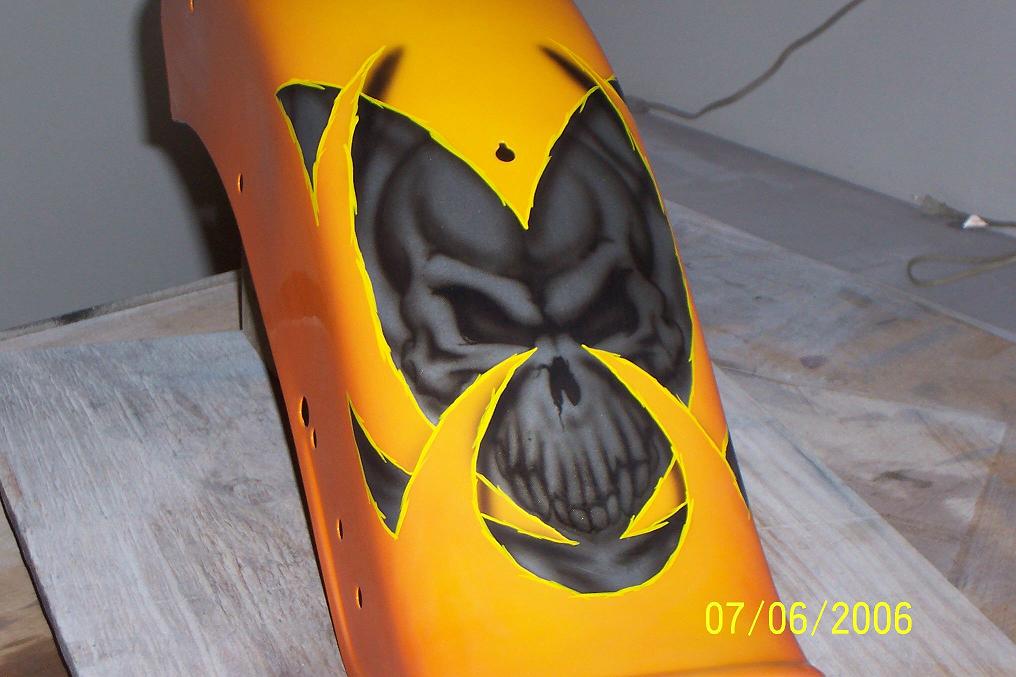 |
 |
 |
 |
 |
 |
 |
 |
 |
 |
 |
Sulfates as paint fillers
Among them we can distinguish calcium and barium sulfates of synthetic and natural origin: precipitated calcium sulfate, natural gypsum and barite, precipitated blanfix. Natural barium sulfate (barite) is widely used as a filler for paint materials.
Barite is the same heavy feldspar that is white or light gray and has been finely ground. Due to the presence of foreign impurities in the material (iron and others), barite may be slightly colored. Barium sulfate is bleached to give the filler whiteness. Bleaching is carried out in two ways. The first option involves treating the material at 60 ° C with acids of mineral origin (nitric, sulfuric, phosphoric, hydrochloric). This operation dissolves foreign inclusions. Then baryte is washed, crushed, classified, dried and thoroughly crushed again. The second method of bleaching consists in heating of natural baryte to the temperature, at which the material cracks, releasing impurities due to thermal expansion (it is about 600-700 ° C). Then the separation of the elements (fractionation) and subsequent processing is carried out as in the first method.
Barite is chemically inert, so it is used in the production of special chemically resistant paintwork materials. Barium sulfate is a part of paints, putties, primers on oil base.
Barium sulfate of synthetic origin (blanfix) has the highest degree of whiteness among all fillers. Blanfix is a highly dispersible and chemically inert material that is obtained by precipitation. Blanfix is not as commonly used as barite, due to its higher cost. The material is included in inks (also typographic).
Oxides as fillers for paints
Fillers in this group are aerosil, diatomic silica and quartz, i.e. the silica group.
Aerosil - is almost pure silicon oxide, synthetic silica, which degree of dispersion is very high (0.02 to 0.15 microns). Specific surface area is also large - 175-380m2/g. Aerosil is produced by hydrolysis of silicon tetrachloride in hydrogen flame at a temperature of 1100-1400°C. Introducing aerosil into the paint gives it thixotropic properties, and the finished protective coating - matting.
Diatomic silica is a water-saturated silicon dioxide of natural origin. Diatomaceous silica is also known as: diatomaceous earth, diatomite, infusoria, celite, rock flour. Diatomaceous silica, before use as a filler in the paint industry, first calcined at 850 ° C and crushed. The final product contains no more than 10% of impurities of iron, magnesium, aluminum, calcium and other oxides. Silica is used in production of matt coatings, in emulsion, abrasion- and fire-resistant paints, in pore fillers for wooden surfaces.
Quartz consists of more than 99% silicon dioxide; the rest is an impurity of aluminum and iron oxides. It is used rather seldom, mainly for production of wear-resistant paintwork materials.
 |

